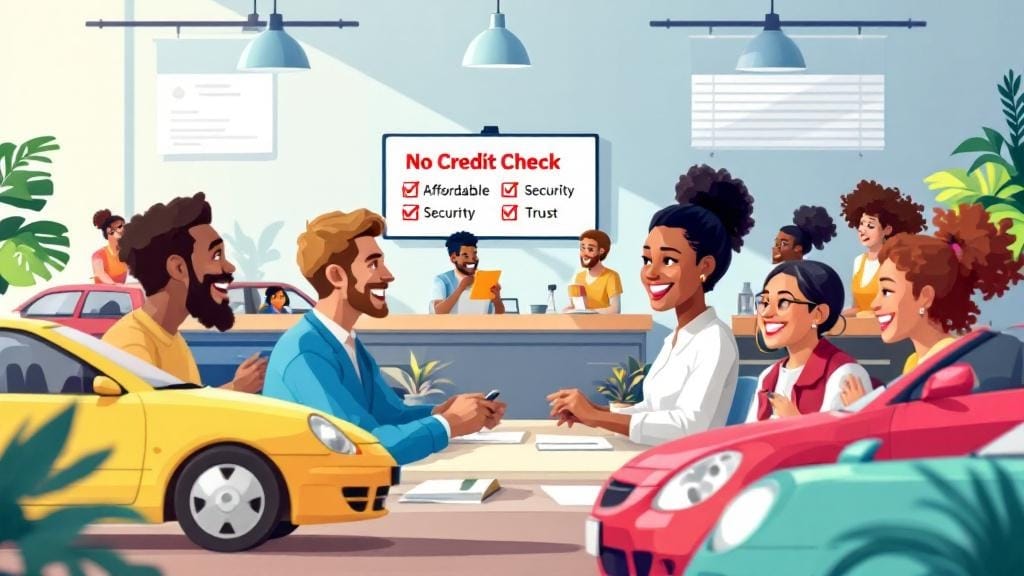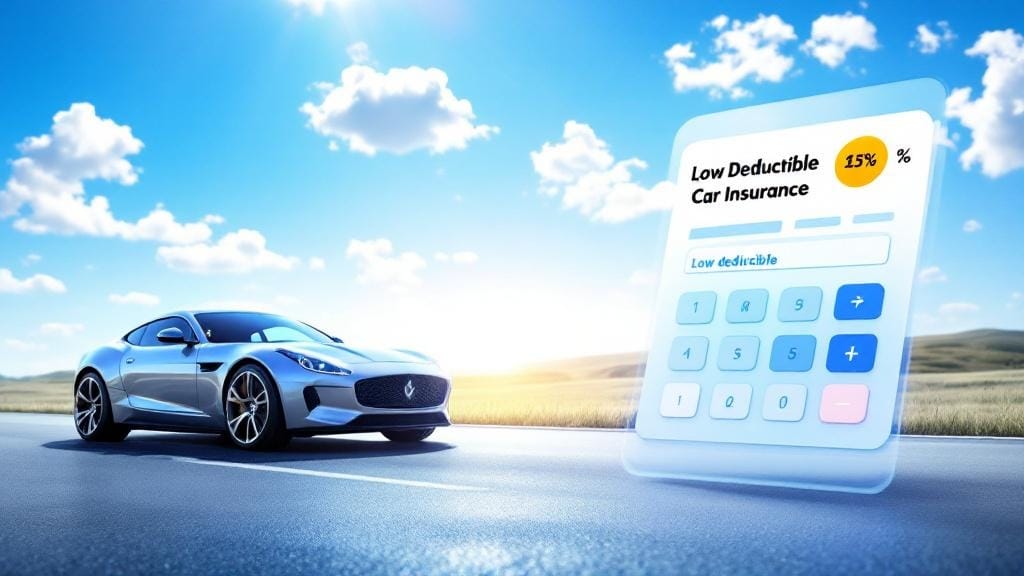Struggling with overwhelming debt can feel like you’re drowning with no life raft in sight. Whether it’s mounting credit card balances, unexpected medical bills, or personal loans piling up, debt relief can offer a real and achievable path toward financial stability.
In this complete guide, we’ll break down everything you need to know about debt relief: what it is, how it works, the best options available, and how to choose the right solution based on your unique financial situation. If you’re facing financial hardship and looking for a fresh start, you’re in the right place.
What Is Debt Relief?
Debt relief refers to strategies and programs that help individuals reduce, manage, or eliminate their outstanding debt. These options may involve negotiating with creditors, combining multiple debts into one payment, reducing interest rates, or even forgiving part of your debt entirely.
Debt relief is not a one-size-fits-all solution. Your choice depends on the type of debt you have, how much you owe, your income, and your credit score. It’s essential to understand each option before making a decision.
Top Debt Relief Solutions to Explore
Below are the most common and effective debt relief programs used by individuals across the U.S. to regain control of their finances.
1. Debt Consolidation
Debt consolidation involves combining multiple unsecured debts—like credit cards, personal loans, or medical bills—into a single monthly payment. You can do this through:
Debt consolidation loans
Balance transfer credit cards
Home equity loans or lines of credit (HELOCs)
✅ Pros:
Simplifies payments
May lower your interest rate
Helps improve credit over time
❌ Cons:
Requires decent credit for best rates
Doesn’t reduce your total balance
Example: Sarah had four credit cards with high interest rates. She took out a debt consolidation loan at a lower APR, reducing her monthly payments and interest charges.
2. Credit Counseling & Debt Management Plans (DMPs)
Nonprofit debt relief organizations often offer credit counseling to help you assess your financial health and create a personalized plan. If appropriate, you may be enrolled in a Debt Management Plan.
✅ Pros:
Interest rate reduction
One monthly payment
Avoids bankruptcy
❌ Cons:
Doesn’t reduce principal balance
May take 3–5 years to complete
Did You Know? Some of the best debt relief companies are 501(c)(3) nonprofits that work directly with creditors to lower interest rates and waive late fees.
3. Debt Settlement Services
If you’re unable to pay off your full balance, debt settlement services negotiate with creditors to accept less than what you owe.
✅ Pros:
Can significantly reduce total debt
May be faster than other methods
❌ Cons:
Credit score impact
Possible tax implications
Risk of scams
Tip: Choose companies that are transparent, charge no upfront fees, and are accredited by organizations like the American Fair Credit Council (AFCC).
4. Government Debt Relief Programs
The U.S. government offers specific debt relief programs for qualifying individuals, including:
Student loan forgiveness (e.g., Public Service Loan Forgiveness)
IRS debt resolution (Offer in Compromise, installment plans)
HUD housing counseling
✅ Pros:
Officially backed by the government
Often free or low-cost
Includes legal protections
❌ Cons:
Eligibility criteria can be strict
Application process may be lengthy
Real Case: A teacher working in a public school applied for PSLF and had the remainder of her federal student loans forgiven after 10 years of qualifying payments.
5. Bankruptcy: The Last Resort
If you’re facing severe financial hardship and none of the above options are viable, bankruptcy can be a legal way to discharge debt. There are two main types:
Chapter 7 (liquidation of non-exempt assets)
Chapter 13 (repayment plan over 3–5 years)
✅ Pros:
Legal protection from collection agencies
Can discharge most unsecured debt
Stops wage garnishment
❌ Cons:
Long-term credit score impact
Public record
Not all debts are dischargeable
Important: Always consult with a bankruptcy attorney or certified credit counselor before taking this step.
How to Choose the Right Debt Relief Option
Choosing the right debt assistance method depends on your financial profile. Here’s how to break it down:
✅ Evaluate Your Debts
Are your debts unsecured (e.g., credit cards) or secured (e.g., mortgage)?
How much do you owe in total?
✅ Analyze Your Budget
Can you afford your monthly payments?
Is your income stable?
✅ Understand Your Credit
Do you have a good or poor credit score?
Are you concerned about the credit score impact?
✅ Check for Warning Signs
If you’re facing any of these, it’s time to take action:
Minimum payments are all you can afford
Borrowing from one card to pay another
Getting calls from collection agencies
Missing mortgage or utility payments
Signs of a Reputable Debt Relief Company
When evaluating the best debt relief companies, look for:
Accreditation (e.g., NFCC, BBB, AFCC)
Clear, transparent fees
Free consultation
No upfront charges
Strong customer reviews
🚫 Avoid: Companies that promise “guaranteed” results, charge fees before services, or advise you to stop communicating with your creditors.
Real-Life Success Story: How Jason Overcame $40K in Debt
Jason, a 38-year-old graphic designer, was overwhelmed by credit card debt and high-interest personal loans. After exploring his options, he enrolled in a Debt Management Plan through a nonprofit debt relief agency. Within four years, he paid off $40,000 in debt, improved his credit score, and now lives free of the debt burden that once controlled his life.
FAQs: Debt Relief Explained
1. What is the difference between debt consolidation and debt settlement?
Debt consolidation merges all debts into one manageable payment, typically with a lower interest rate. Debt settlement involves negotiating with creditors to pay less than the full amount owed.
2. Will debt relief hurt my credit score?
Yes, some options like debt settlement or bankruptcy can temporarily hurt your score. However, making on-time payments through a debt management plan or debt consolidation loan may improve your score over time.
3. Are government debt relief programs real?
Yes. Programs like student loan forgiveness and IRS debt resolution are legitimate and backed by federal agencies. Always apply directly through government websites.
4. Can I qualify for debt relief if I’m still employed?
Absolutely. Many personal debt relief options are designed for people with a steady income who need help managing their monthly payments more efficiently.
5. Is debt relief better than bankruptcy?
Not always. Legal debt solutions like bankruptcy might be the best choice in extreme cases. However, explore all other debt payoff strategies first before going that route.
6. Can nonprofit credit counselors help reduce my debt?
Yes. Many nonprofits offer debt assistance, negotiate lower interest rates, and provide budgeting tools. Their fees are usually low or income-based.
7. How long does it take to complete a debt relief program?
It depends. Debt settlement services may take 2–3 years, while debt management plans can run 3–5 years. Debt consolidation can vary based on the loan terms.
Final Thoughts: Start Your Journey to Financial Freedom
Debt relief is not a magic wand, but it is a powerful tool for anyone facing serious financial hardship. Whether you’re looking to lower your interest rates, simplify monthly payments, or eliminate debt altogether, there’s a solution that can help.
Explore your options, speak with certified professionals, and don’t be afraid to ask for help. Remember, you’re not alone—and with the right approach, financial freedom is within reach.








Comments (0)